There was some confusion in the chinese to english translation.
Because for normal, the colored area will be opened and not covered the coverlay.
So if your design is opposite, please kindly note it as " Colored area on solder mask layer is covered with coverlay"
Not easy to decipher, but it seems the stl to kicad converter needs to generate polygons for the holes in the solder mask. The last board from Eagle did indeed have polygons over the uncovered areas. That entailed another week of back & forth as the lion tried to figure out what they were talking about, but at least an animal caught the mistake.
1 thing that would help is if they photographed the board before shipping it. Then the lion could decide to pay the $30 for shipping or scrap it. Of course, it would entail an extra delay while waiting for the animal to view the photo.
After 17 days, the new flex cable arrived.

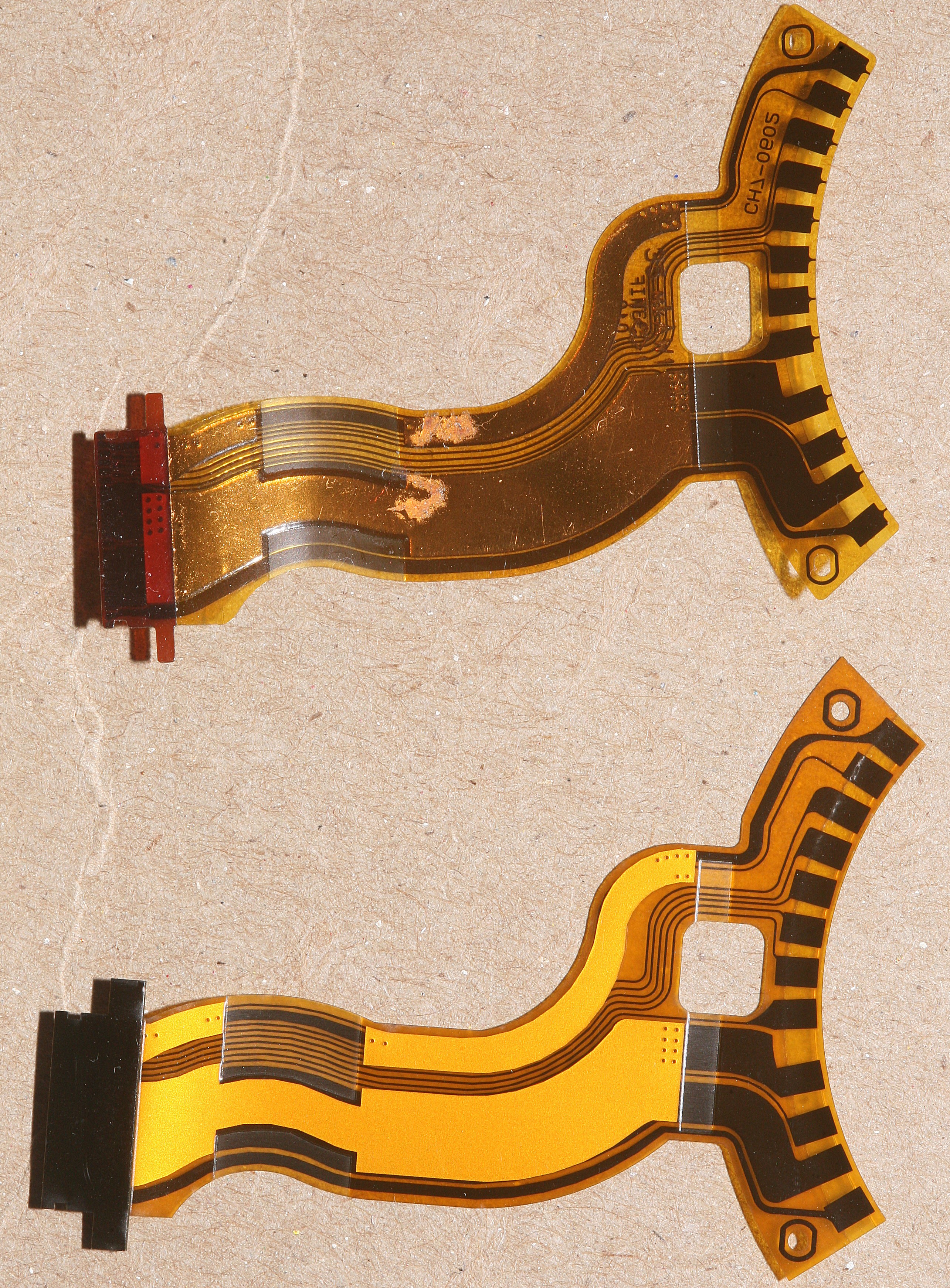
The edge connector ended up .33mm thick while the stock edge connector was .35mm. They said .35 was very thick for an edge connector so the lion kingdom requested a 0.15mm BOT PI stiffener + a 0.15mm FPC thickness to get .30mm.
Surprisingly, some of the copper curves ended up very jagged while others ended up smooth.
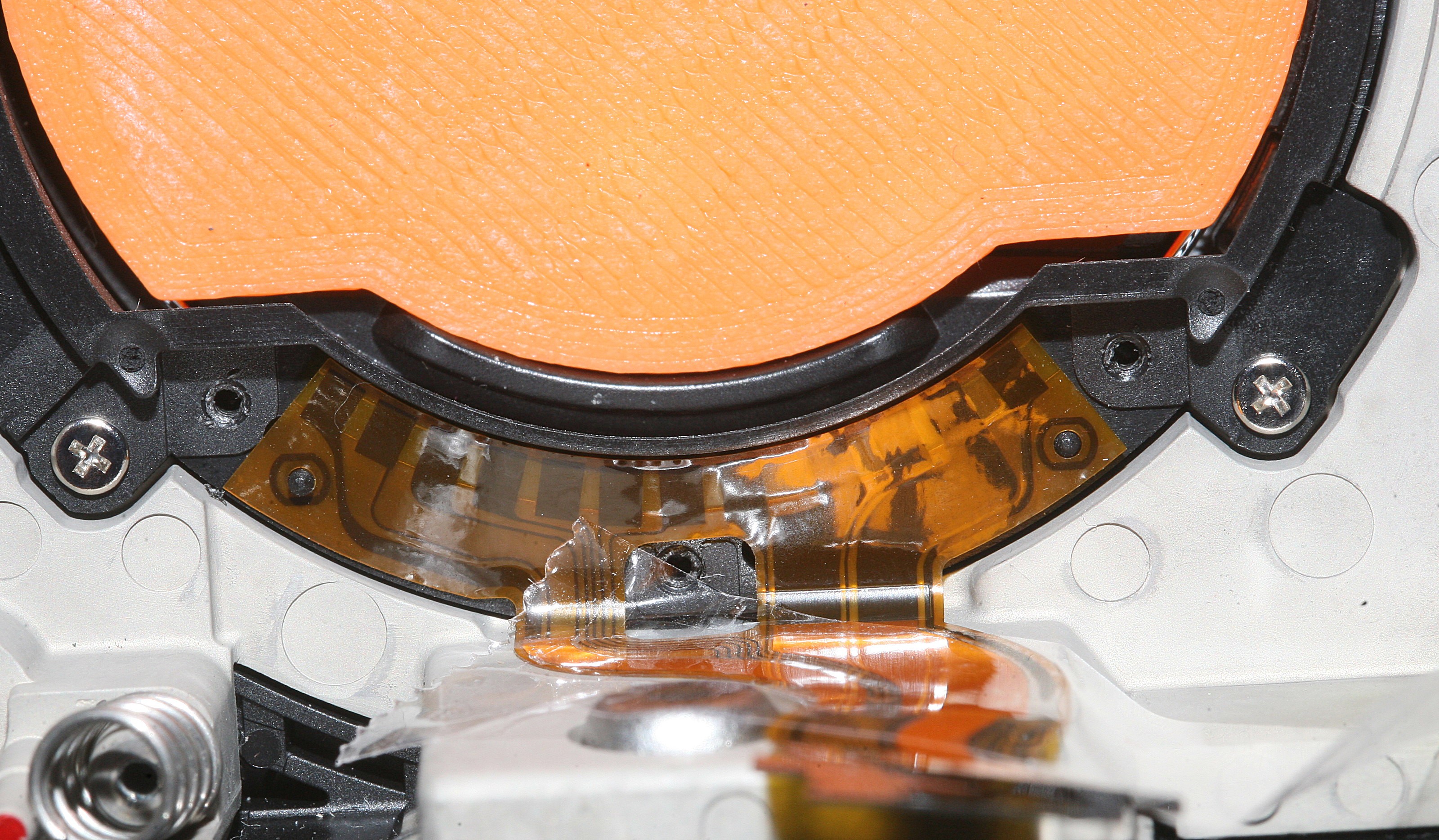
1st test passed as it fit in the lens assembly.
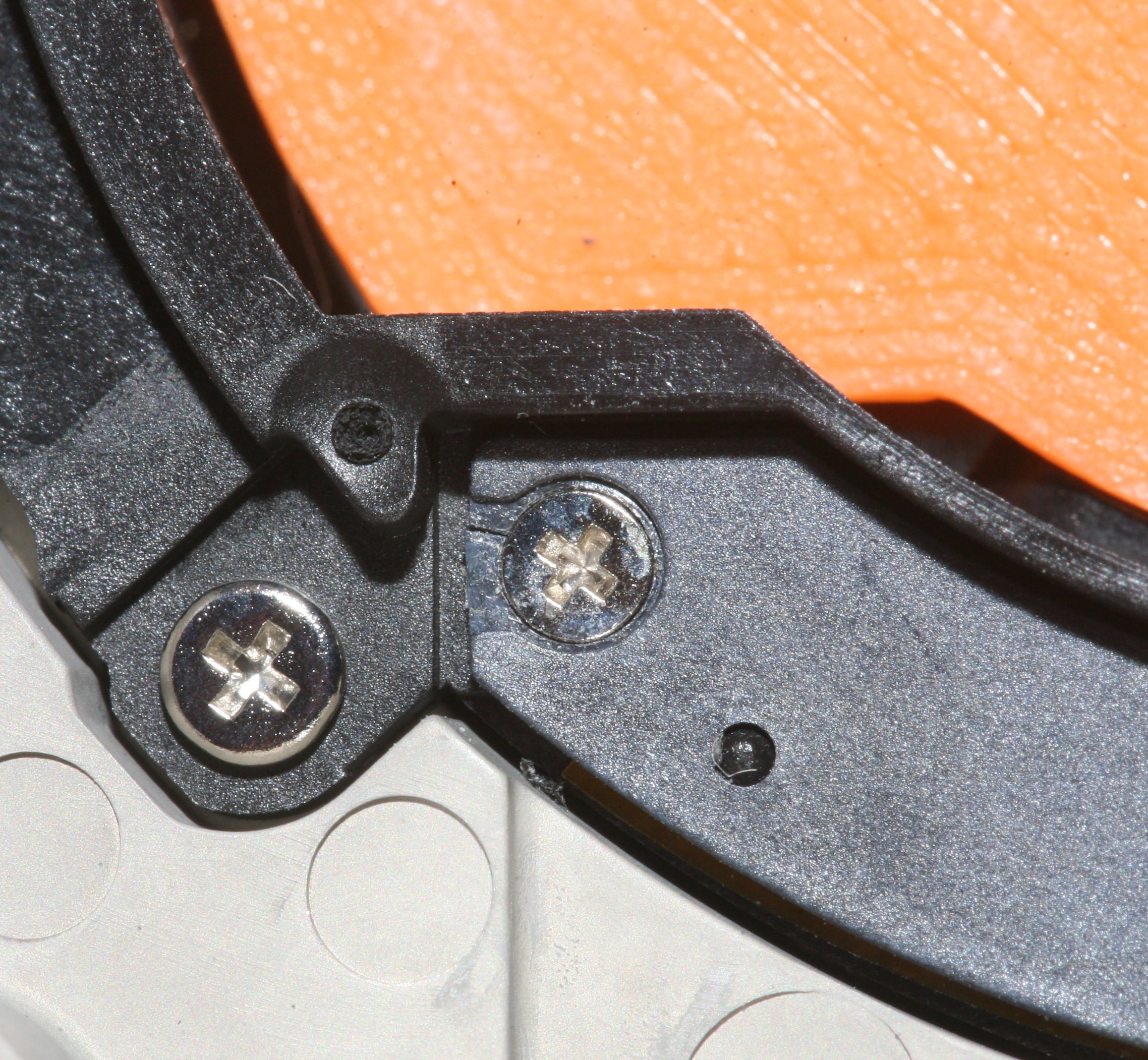
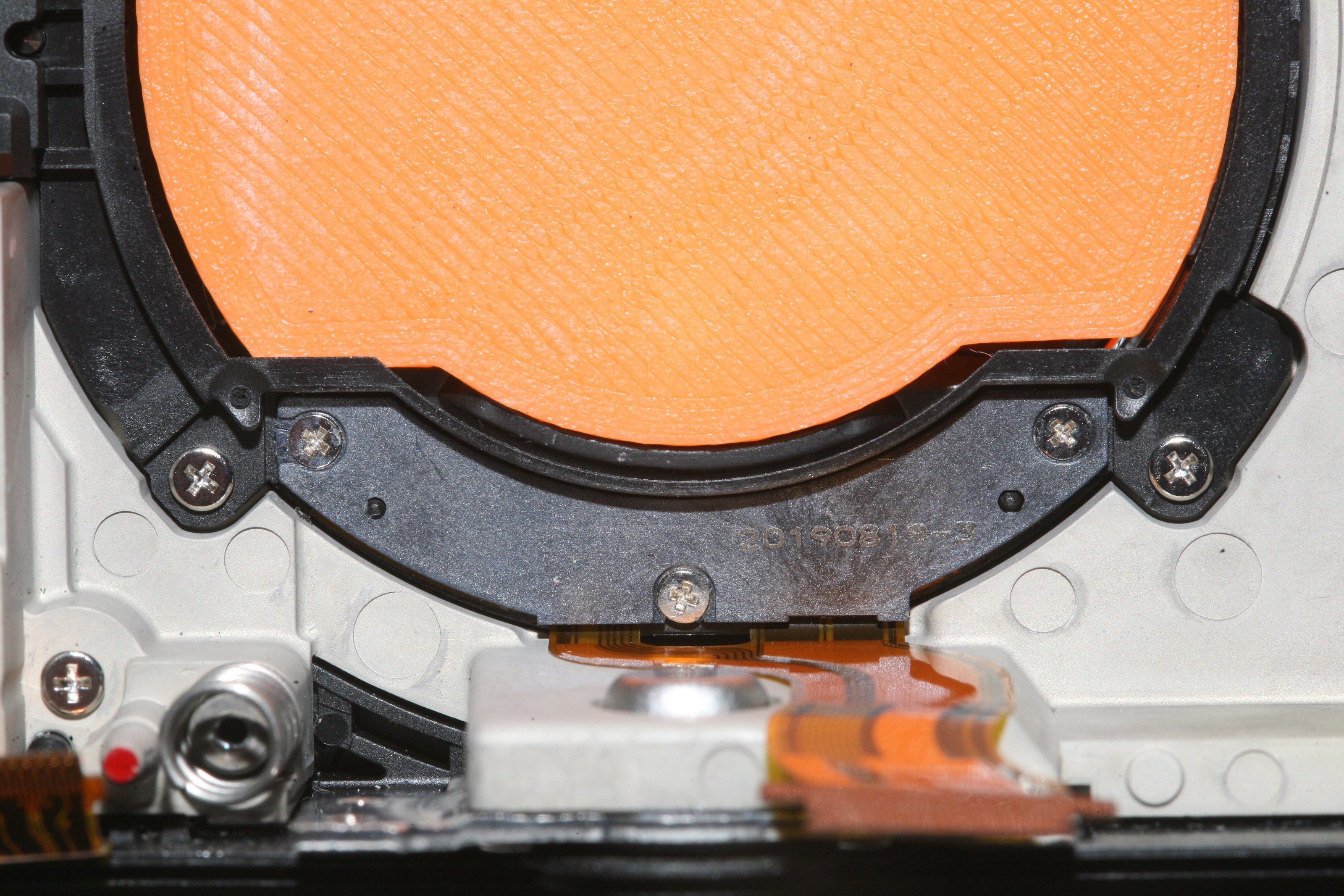
This revealed a crack in a cheap ABS part. The EOS RP is built to a price.
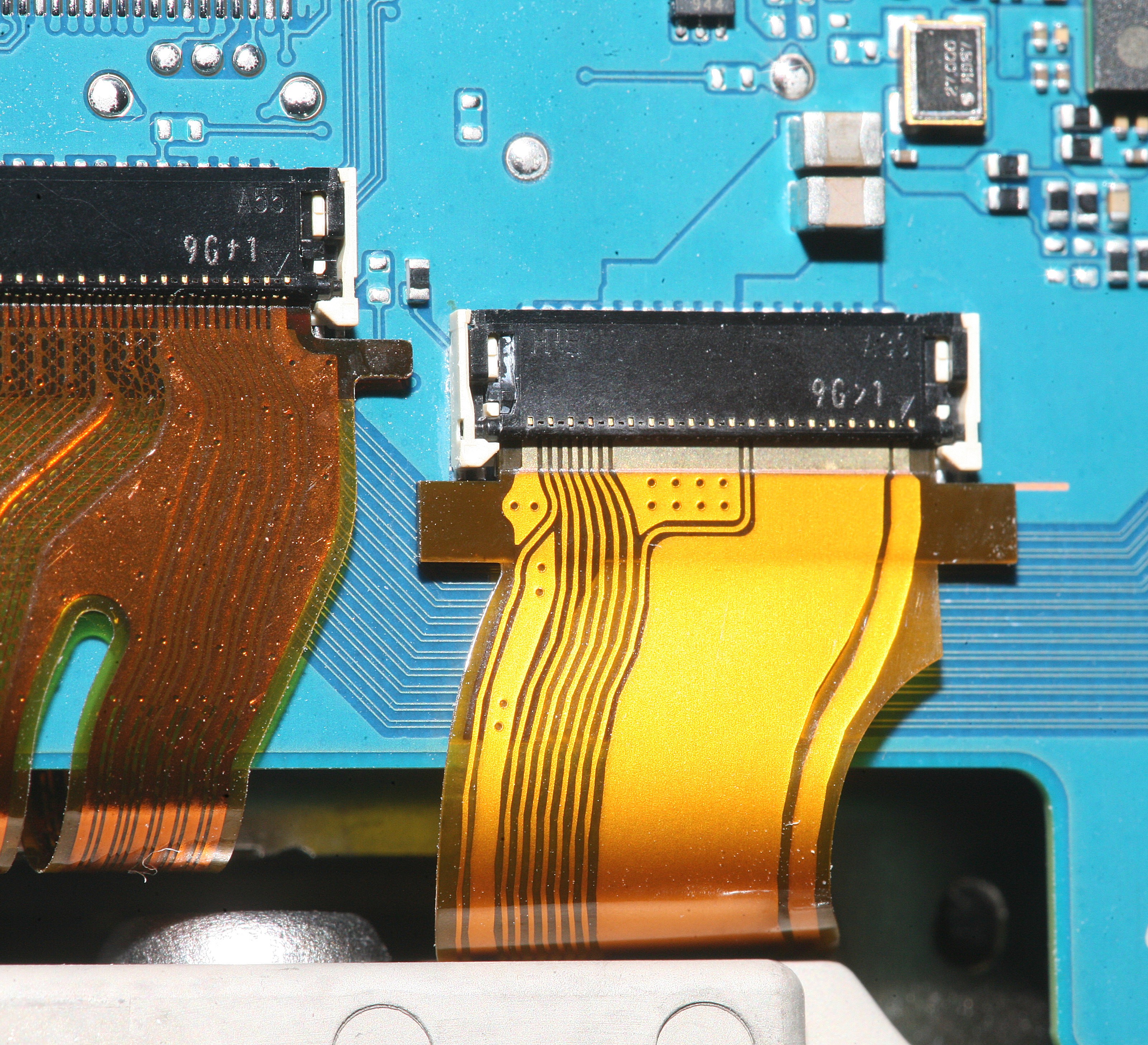
It was a tighter fit than the original part, but it fit. The edges might have been measured a hair fatter, but it was still very accurately manufactured. The extra 1.5mm of length might have been just right to make it easier to install. The extra stiffener length was definitely needed. The stock stiffener was built to a price.
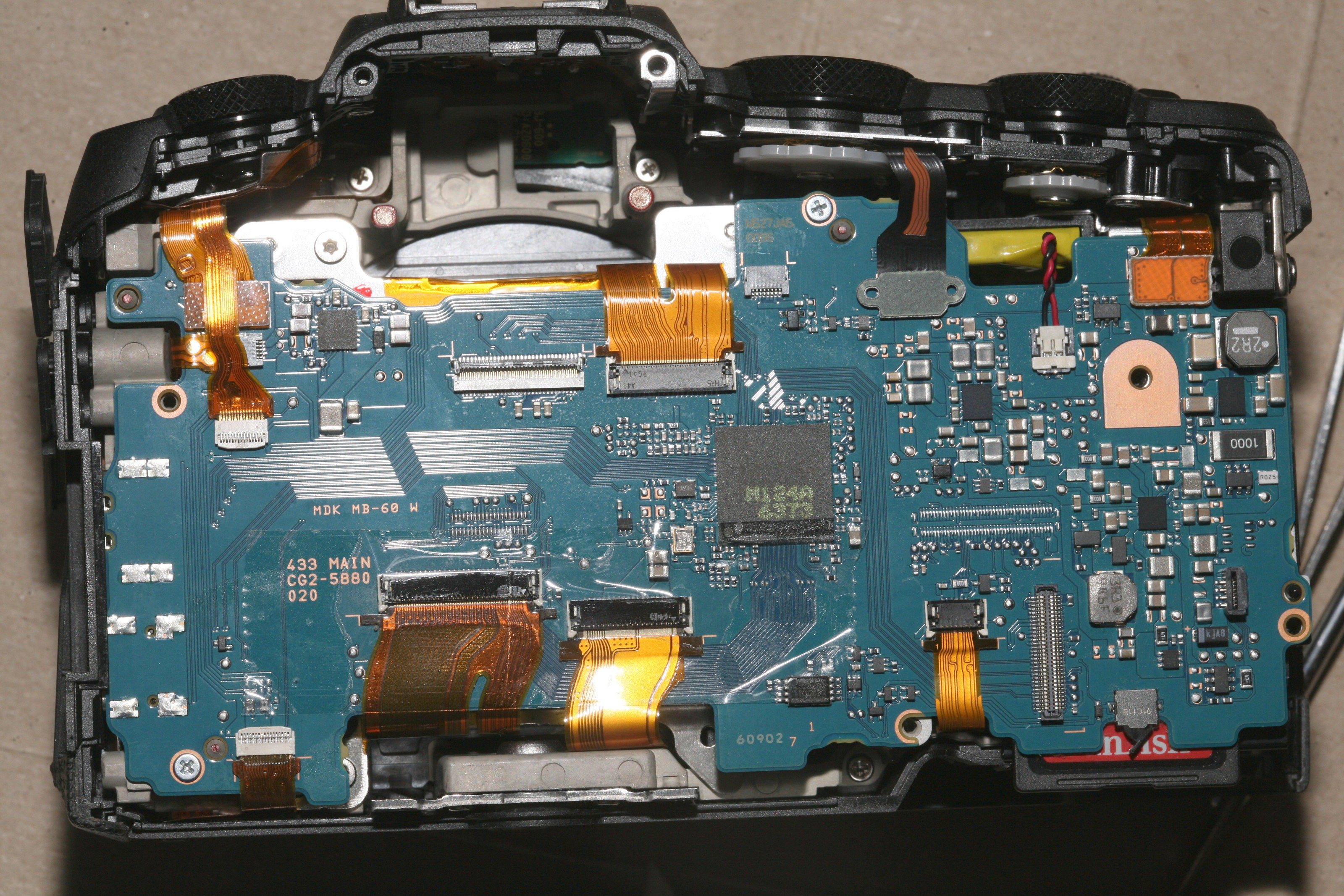
A bit of scotch was added for insurance against corrosion.
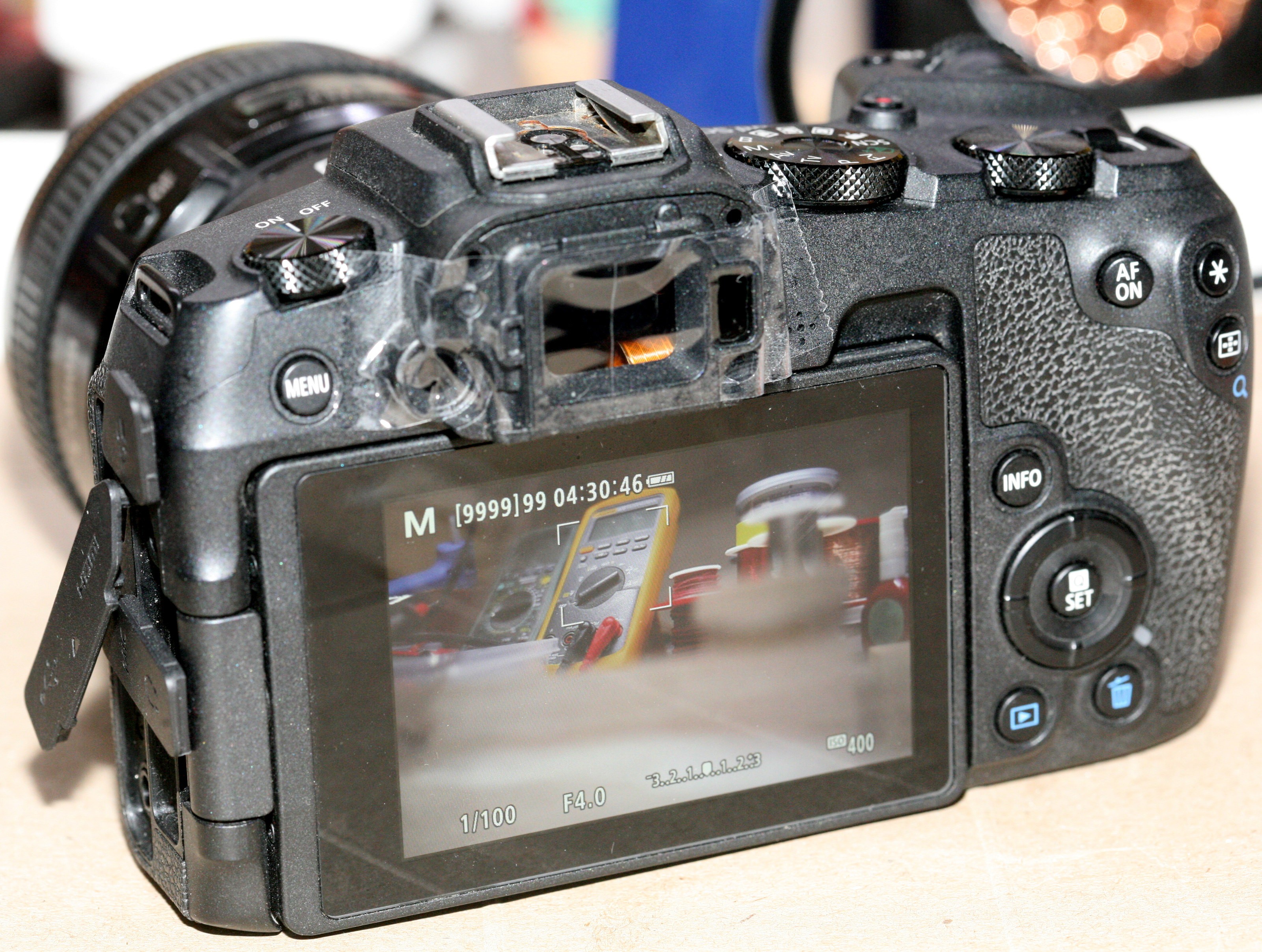
Then after some claw biting & 2 stripped screws, the camera came back to life. ERR 01 was gone & the lens worked again. It worked on the 1st design. The eyepiece was left out to make it lighter. It might need a 3D printed part to keep dust out. The lion kingdom got 9 spare cables just so other animals wouldn't need to go through manufacturing a cable.
 lion mclionhead
lion mclionhead
Discussions
Become a Hackaday.io Member
Create an account to leave a comment. Already have an account? Log In.